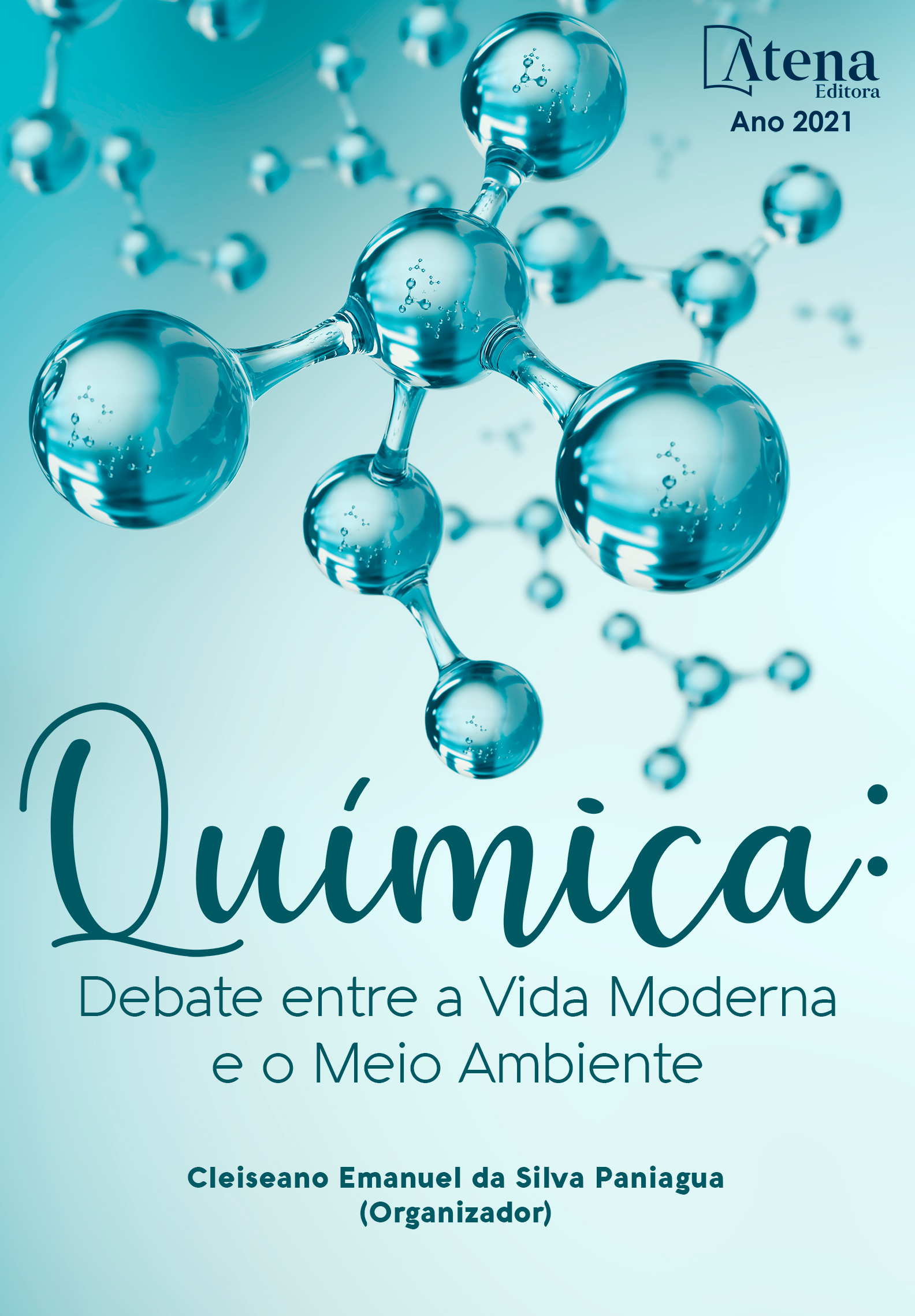
RESTRAINTS ANALYSIS FOR THE RENEWABLE ENERGY EXPANSION IN BRAZIL SENSITIVE BIOMES FROM THE IRP PERSPECTIVE
Energy planning focused on distributed supply and demand resources pursuing a Low Carbon Economy could allow a faster and more intense integration of modern renewable energy sources - RES in sensitive biomes areas. The State of Mato Grosso constitutes the Geodesic Center of South America, and is the only region in Brazil that contains three sensitive biomes in its territory: The Wetland (Pantanal Mato-grossense), the Brazil Central Plateau Savannah, and the Amazon Rainforest. RES expansion in these regions is very critical and must be guided by actions and necessary decision making that make the appropriate use of the potential of energy resources compatible, considering an efficient electricity supply to society with a reduced impact on the environment. Environmental restrictions, the renewable sources prices, the competition with other energy costs, interest rates for investments, the technical limitations of distribution networks regarding the penetration of stochastic sources, regional infrastructure and counties poorer are factors that will only be overcome with planning and effective public policies. This paper discusses these restraints and barriers to the development of new sources of renewable energy, particularly biomass from wood residues and solar photovoltaic, available in the three biomes. As a way of helping to understand the difficulties that can slow or interrupt the energy transition in these regions, proposals for solutions are evaluated through the guidelines of the IRP, which is an approach that allow the integration of strategies for production, transmission, distribution, energy use and the production, distribution and water usage in the river basins scope. In this context, the primary products from IRP include goals and/or projects economically feasible and of “low regulatory risk” of hydropower and thermoelectric plants and new RES, in addition to considering environmental policies. By identifying these factors as strategic points for the transition energy, the work signals priority mechanisms, compatible with the national guidelines, which can guide the actions to the generation and proper use of its energy resources. In this context, government and private initiatives aimed at the public interest are essential for the balanced development of a renewable energy market in these regions. This paper shows that Integrated Energy and Water Resources Planning can be the key to these questions.
RESTRAINTS ANALYSIS FOR THE RENEWABLE ENERGY EXPANSION IN BRAZIL SENSITIVE BIOMES FROM THE IRP PERSPECTIVE
-
DOI: 10.22533/at.ed.7832112047
-
Palavras-chave: Renewable Energy, Energy Planning, Sensitive Biomes, Low Carbon Economy, Brazil Biomes.
-
Keywords: Renewable Energy, Energy Planning, Sensitive Biomes, Low Carbon Economy, Brazil Biomes.
-
Abstract:
Energy planning focused on distributed supply and demand resources pursuing a Low Carbon Economy could allow a faster and more intense integration of modern renewable energy sources - RES in sensitive biomes areas. The State of Mato Grosso constitutes the Geodesic Center of South America, and is the only region in Brazil that contains three sensitive biomes in its territory: The Wetland (Pantanal Mato-grossense), the Brazil Central Plateau Savannah, and the Amazon Rainforest. RES expansion in these regions is very critical and must be guided by actions and necessary decision making that make the appropriate use of the potential of energy resources compatible, considering an efficient electricity supply to society with a reduced impact on the environment. Environmental restrictions, the renewable sources prices, the competition with other energy costs, interest rates for investments, the technical limitations of distribution networks regarding the penetration of stochastic sources, regional infrastructure and counties poorer are factors that will only be overcome with planning and effective public policies. This paper discusses these restraints and barriers to the development of new sources of renewable energy, particularly biomass from wood residues and solar photovoltaic, available in the three biomes. As a way of helping to understand the difficulties that can slow or interrupt the energy transition in these regions, proposals for solutions are evaluated through the guidelines of the IRP, which is an approach that allow the integration of strategies for production, transmission, distribution, energy use and the production, distribution and water usage in the river basins scope. In this context, the primary products from IRP include goals and/or projects economically feasible and of “low regulatory risk” of hydropower and thermoelectric plants and new RES, in addition to considering environmental policies. By identifying these factors as strategic points for the transition energy, the work signals priority mechanisms, compatible with the national guidelines, which can guide the actions to the generation and proper use of its energy resources. In this context, government and private initiatives aimed at the public interest are essential for the balanced development of a renewable energy market in these regions. This paper shows that Integrated Energy and Water Resources Planning can be the key to these questions.
-
Número de páginas: 24
- Ivo Leandro Dorileo
- Leonardo G. de Vasconcelos
- Mauro Donizeti Berni


